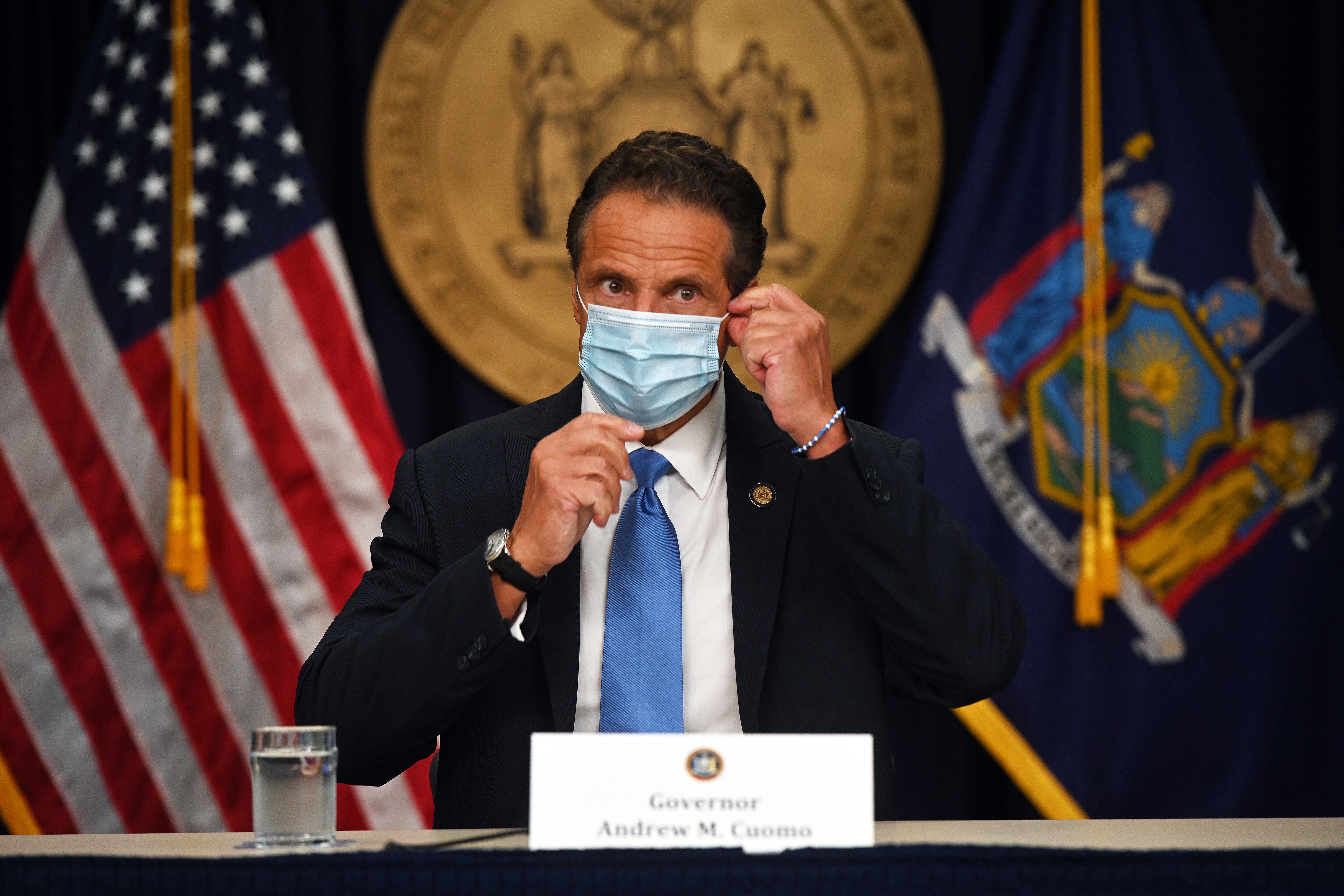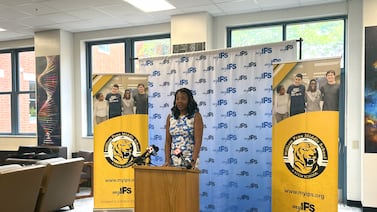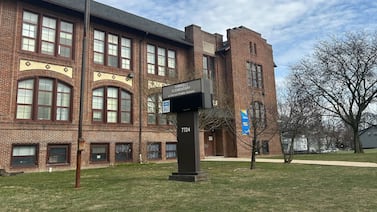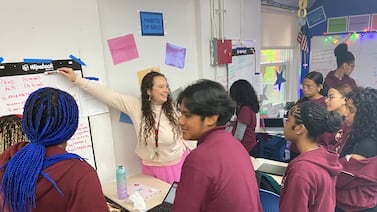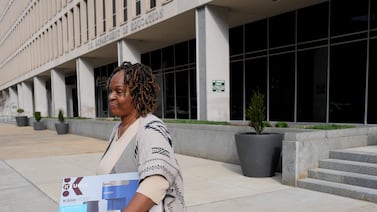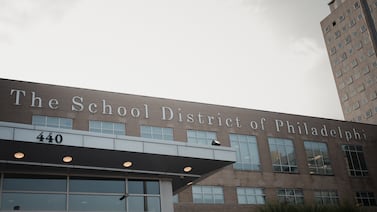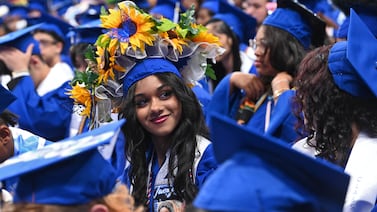This story has been updated to reflect the city’s response on Monday, Nov. 2.
Nearly two dozen shuttered New York City district schools in coronavirus hot spots will be allowed to reopen with stricter testing guidelines, Gov. Andrew Cuomo announced Friday, about three weeks after closing the buildings.
State officials said schools in those zones could begin reopening “as early as Monday,” but city officials did not immediately say whether that would happen.
The schools fall into the city’s “red” and “orange” zones, state-designated areas that have higher coronavirus infection rates, where businesses and houses of worship face greater restrictions, and public and private school buildings were forced to close.
Cuomo indicated Friday that schools could reopen on certain conditions. Any students and staff who return to the building must first test negative for the coronavirus. After that initial round of testing, 25% of the school’s population will be tested on a weekly basis.
“We’ve been working with them to find ways to keep people safe but allow children to go to school,” Cuomo told reporters.
Schools in those zones will be forced to shut down again if the random tests find at least nine positive cases or if a sample of more than 300 tests surpasses a 2% positivity rate over a seven-day average, according to state officials. (New York City’s own rules can require schools to close if just two positive cases crop up in a building, a more stringent standard than Cuomo’s nine-case threshold.)
The timeline for reopening these schools remained unclear as of Monday. Mayor Bill de Blasio said the city will have a plan in the “next couple days,” as officials are still assessing the new state rules. He added that it’s possible these zones could turn to yellow this week, which would allow buildings to reopen along with weekly testing of students and staff.
The state had ordered 124 district schools in Brooklyn and Queens, along with charter and private schools, to shut down three weeks ago because they fell in red and orange zones. Citing lower infection rates in certain neighborhoods, state officials allowed over 100 district schools to reopen this past Monday.
Some public health experts questioned the decision to shut down schools in those coronavirus hot spots in the first place, especially as bars and restaurants were allowed to remain open with some restrictions. Some ultra-Orthodox yeshivas ignored state orders to shut down.
As European countries are enacting a new wave of lockdowns amid rising coronavirus cases, many are keeping schools open. France, Germany and Ireland have allowed schools to keep their doors open— with measures in place like mask-wearing and keeping windows open —while forcing bars, restaurants and other institutions to close.
Still, decisions about when to close schools remain fraught as the science continues to evolve. City officials have emphasized that the results of its own random testing in schools suggest schools are not driving new infections — with a current positivity rate of 0.13%.
The citywide rate for positive cases of those tested over a seven-day average was 1.87% on Friday, which remains below the city’s 3% threshold for closing all school buildings across the five boroughs.
Christina Veiga contributed

